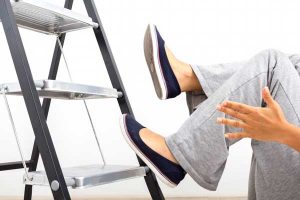Latest Vehicle Recall Affects Our Youngest Drivers
 Children love playing with cars, especially ones they can “drive” themselves. Toy vehicles present children with a great introduction to the rules of the road and the importance of mechanical upkeep. As adult drivers, we’re familiar with vehicle recalls for everything from airbags to tires and any number of other mechanical defects that could lead to injury. While some defects are more serious than others, adult drivers know the best response to a recall is to get the vehicle to the dealer or mechanic as soon as possible for repairs. That’s another lesson children can learn from one of the most recent recalls currently making the news.
Children love playing with cars, especially ones they can “drive” themselves. Toy vehicles present children with a great introduction to the rules of the road and the importance of mechanical upkeep. As adult drivers, we’re familiar with vehicle recalls for everything from airbags to tires and any number of other mechanical defects that could lead to injury. While some defects are more serious than others, adult drivers know the best response to a recall is to get the vehicle to the dealer or mechanic as soon as possible for repairs. That’s another lesson children can learn from one of the most recent recalls currently making the news.
Fisher-Price recently recalled thousands of one of its Barbie trademarked vehicles due to a faulty pedal. According to reports, the car continues to run even after the gas pedal has been released. Fortunately, no injuries have been reported as of yet due to this defect, but the toy manufacturer is urging parents to take the car away from their children until repairs can be made. For more details and information on how to have your child’s Barbie car repaired, read “Fisher-Price recalls 44,000 Barbie toy electric cars over faulty pedal.”
 New Jersey Injury Lawyers Blog
New Jersey Injury Lawyers Blog










